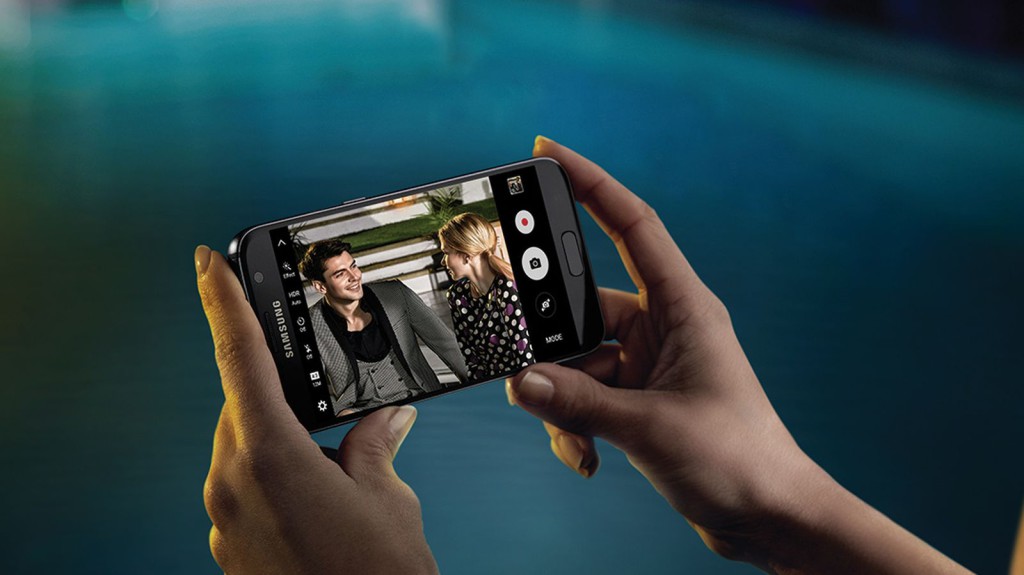Not all smartphone displays are created equally, owing to things like resolution and other factors. But one of the more notable differentiators is the type of screen technology used.
There are two main screen technologies in use today, in the form of LCD and AMOLED, but what are the differences, advantages and downsides to them? Have a look at our basic primer below. Of course, there are other differences in tow, such as pentile versus IPS tech, but we’re sticking to the basics here.
No ad to show here.
LCD
Let’s start with LCD (liquid crystal display)… It’s generally cheaper than AMOLED technology, but that doesn’t mean it’s naff by any measure.
In fact, LCD screens are used on the likes of the iPhone range, HTC smartphones, LG’s flagships, most Xiaomi devices and the vast majority of Huawei phones.
The underlying tech has been used for ages now, essentially using liquid crystals (surprise!) to bring the image to life.
Advantages: The biggest advantage is that LCD screens use the same amount of power, regardless of content and colours displayed. Another advantage is that they generally tend to offer brighter screens in direct sunlight. Finally, these screens don’t suffer from burn-in to the same extent as AMOLED, so those wanting to use their phone for years shouldn’t have a problem here.
Disadvantages: Blacks don’t look as black as AMOLED screens. Additionally, LCD screens can’t turn off selected areas of the screen to save more power — so things like Always-On displays generally don’t save power compared to the same implementation on AMOLED.
AMOLED
The Active Matrix Organic Light Emitting Diode (AMOLED) technology tends to be the display of choice for enthusiasts, offering a variety of cool upsides. But it suffers from disadvantages too.
Either way, you’ll find AMOLED screens in devices from Samsung, Lenovo, Nexus/Pixel, the ZTE Axon 7 and the Xiaomi Mi Note range, to name a few.
As the name implies, organic compounds are at the core of this screen technology. So what are the benefits and downsides?
Advantages: These screens display deeper blacks due to their ability to turn off individual pixels. This ability also leads to power-saving when displaying black colours, so using a dark wallpaper will actually yield a longer battery life because fewer pixels are turned on.
Disadvantages: Screen burn-in is pretty much inevitable on these screens, so if you use WhatsApp a lot, expect the icons to ever-so-faintly remain on the screen after a couple of years, max. You’ll want to steer clear of white backgrounds and bright colours though, as this leads to a big increase in power consumption.
What else to know about the rival technologies?
AMOLED screens are easier to bend and mould, resulting in all curved-edge smartphones using the screen tech. AMOLED screens doesn’t require a backlight either, but this can be a double-edged sword, as it means that AMOLED-equipped phones aren’t usually as bright in direct sunlight.
It’s also worth noting that AMOLED tech tends to deliver more saturated colours than LCD, which can be a positive or negative depending on your preference.
What about virtual reality?
The AMOLED/LCD battle has also seen a new front open in the form of virtual reality. So which technology is better here then?
It has to be said that AMOLED technology is best for VR experiences, owing to the faster refresh rate, for starters. This means that ghosting and blur in general is heavily reduced — a good thing because this is one of the contributing factors to queasiness during VR.
The aforementioned “black is actually black because the pixels are turned off” thing is important for VR too, as some report that VR with an LCD screen produces grey-tinged blacks rather than true blacks.
